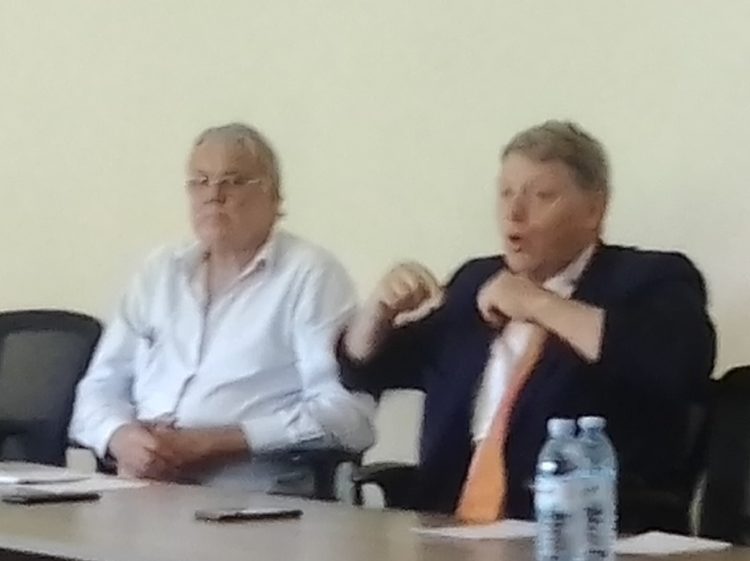Uganda is an agricultural country where farming employs the biggest percentage of the population but most of the harvests are usually contaminated with aflatoxins reducing the nutritional and economic value.
Aflatoxins are poisonous chemicals and mutagens that are produced by certain moulds, which grow in soil, decaying vegetation, and grains.
Some of the staple commodities commonly contaminated with aflatoxins include cassava, chilies, corn, cotton seed, millet, peanuts, rice, sorghum, sunflower seeds, tree nuts, wheat, and a variety of spices intended for human or animal consumption.
Last week Kenyan authorities announced a rejection of maize from Uganda on ground that it was non-compliant with the expected quality standards. But soon, such woes will be history as biochemist, Peer Hansen from Denmark has partnered up with Kim Johansen of Grain and Toxin Solutions Ltd to introduce an aflatoxin removal technology in Uganda.
Hansen told a press conference at La Pattiserie in Kabalagala – Kampala on Monday that the Toxi-scrub processing line would launched in Uganda in July or August.
“The Toxi-scrub processing line is configured to procedure from two – 30 tons of grain per hour, turning contaminated crops into detoxified crops,” he said, adding that it was easy to operate – bring the level of mycotoxins and aflatoxins safely below the acceptable threshold for humans.
He noted that when crops are not dried properly, chances of contaminating with aflatoxins and other mycotoxins were high.
He revealed that annually, 50,000 people were dying liver cancer in Kenya because of aflatoxin contamination cases – and wouldn’t wish a similar situation to occur in Uganda.
Johansen said Uganda first harvest season is wet –meaning that the crops are already contaminated = the more reason farmers should embrace the Toxi-scrub technology for good health and well-being.
“Aflatoxins pose a significant economic impact, especially to the agrarian countries,” he noted.
He added that with the Toxi-scrub technology, the farmer would reduce the rate of losses with a bigger percentage.





